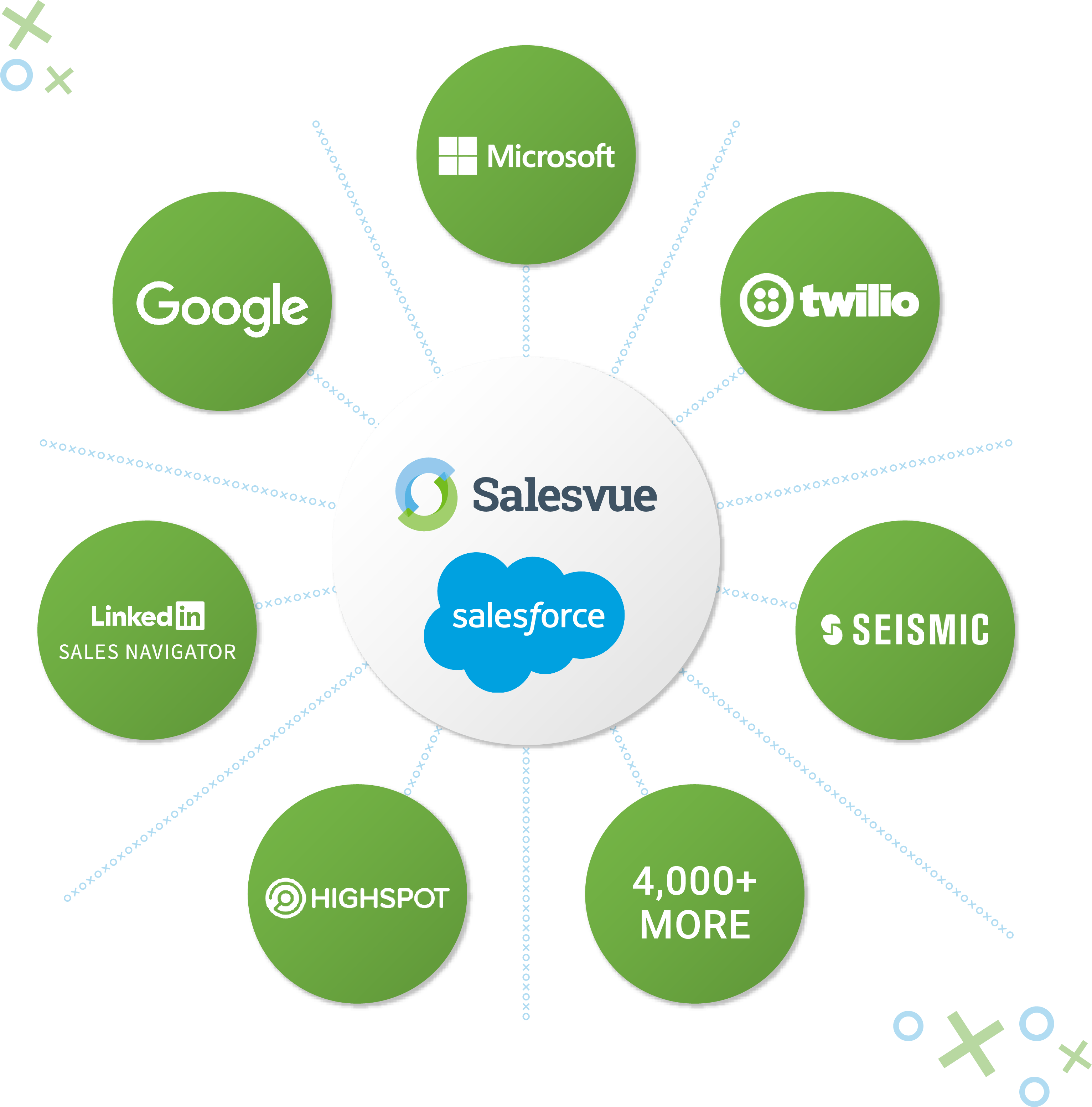What are the factors in choosing a SEP?
A sales engagement platform’s (SEP’s) job is to get your sales team more closed deals more easily by helping them engage with prospects and customers across multiple channels. Keeping your sellers organized and streamlining their workday through cadences, automation, and integrations with other sales tools is how a SEP gets the job done. Unfortunately, there is no one-size-fits-all solution, and you’ll need to find the platform that is the best fit for you. Let’s look at all the factors that will make you the authority on answering “how do you choose a sales engagement platform?”
Must-Have Features
Cadences
Cadences, a pre-planned series of touch points that sellers can use to reach prospects and customers, provide the sales team with the structure for consistent and efficient engagement.
Email Features
Automated email, scheduled email and bulk email capabilities keep your sales team on track. Templates, real-time notifications, and email prioritization features help the reps better understand their prospects and customers.
Dialer
Some desirable features are click-to-call, live agent power dialer, call recording, pre-recorded voicemails, tracking, and listen and barge. You’ll save a lot of administrative task time and be able to better train your salespeople with these.
Reporting
Reporting is important because it provides a snapshot for your sales performance. However, it’s important to make sure the reports available provide metrics that matter not vanity metrics. It doesn’t matter if one sales rep makes more calls if those calls aren’t converting.
Mobile App
A mobile app makes team collaboration easy and makes sure no detail slips through the cracks. Outside sales reps using the mobile app in the field can resolve appointments and provide updates on the fly, documenting meeting details and moving opportunities forward in real-time.
Integrations
Your CRM is the single source of truth for your sales team. Data within your CRM must seamlessly flow into your sales engagement platform. But your sales engagement platform is only one in a set of many sales enablement tools, so be sure the sales engagement platform can integrate with your other most-used tools.
Key Considerations for a Sales Engagement Platform
To make sure you have your bases covered, it’s good to have a checklist of questions. Here are the questions you should be asking about each platform.
How well will your team adopt it?
Familiarity breeds comfort. If the interface is similar to other tools that your sales team has used, it will be easier to pick up and more likely to face less resistance. Also consider whether you will need to adopt a 2nd tool separate from your CRM versus the preferred approach to enhance the CRM you already have. Sellers much prefer to be able to do as much as they can in one system so they don’t have to think twice about when to update which system.
Learn More
Will it work well with your CRM?
There are sales engagement platforms that integrate through the uploading and downloading of data, those that sync mapped data, and those that are native. The most important considerations are that you get the right data, that it’s easy, and that it doesn’t cost an arm and a leg to set up any integration. If you use Salesforce as your CRM, for example, a native platform will let you automatically update fields within your Salesforce instance, requiring the least amount of effort.
Learn More
Does it have automation features?
Automated tasks save sales reps time and eliminate any questions about what needs to be done. With automated workflows and cadences, sales reps have everything they need for their day right in front of them. They don’t have to wonder who to contact, what to say, or how to engage prospects. Automated emails can immediately and automatically send emails as part of a cadence, meaning prospects and customers get faster response times, and sales reps have more time to engage them in conversation.
Learn More
Will it work with the other tools sellers use?
Different sales tools serve different purposes. No one tool does all that a sales team needs. While there may be overlap in some of the features that sales tools provide, you will inevitably need more than one tool to enable your sales team. Check each sales engagement platform’s ability to integrate with other sales tools you use, as you’ll want to reduce the number of separate tools and browser windows that sellers have to use at one time, to keep everything streamlined.
Learn More
Does it give your sellers a playbook for their day?
A simple, easy-to-use dashboard interface goes a long way to give your sales reps a realistic picture of what they need to do for the day. Sales reps shouldn’t have to click around the software to complete daily tasks. Their tasks should naturally flow, and the sales engagement platform should provide that structure in their workflow.
Learn More
Does it provide the level of security you need?
Data breaches hurt your organization’s reputation, and not all platforms carry the level of security that you may need. If you handle sensitive information in your course of business, check to see if the platform is SOC 2 certified. If you use Salesforce as your CRM, this is another reason to go with a native sales engagement platform where your data is protected by Salesforce’s high security standards.
Learn More
Does it allow the whole team to work in the same system?
Some sales engagement tools have their own separate contact database from their CRM, resulting in a higher incidence of data discrepancies. This means your sales team will effectively be using two CRMs. Your data should come from a single source for the highest efficiency and effectiveness.
Learn More
Does it have a mobile app for field sellers?
When your sales reps are in the field, they need an easy way to keep track of their activities and results. With a mobile app that lets them schedule and reschedule appointments, store notes on appointment outcomes, and other simple administrative tasks, they won’t forget or have to double their efforts to communicate with the inside sales team.
Learn More
Will you have centralized reporting?
Everyone needs to have the same single source of data to get metrics that everyone can stand behind. Not only does it prevent the hassle of reporting out of multiple systems, but a single source of truth will eliminate disputes about data validity.
Learn More
Does it provide metrics that truly matter?
Activity metrics are usually vanity metrics. Just because a specific type of content, certain cadence, industry, or rep has high numbers—whether it’s touches, conversations, conversions, or customer—actionable metrics will consider the level of effort required and time spent to achieve those numbers. Your sales engagement platform should provide insight into what drives results and what doesn’t. It should also be able to tie activities and success to existing CRM data; for example, you may want to see reporting on how efficient and effective individual sellers are at calling to different industries.
Learn More

The Bottom Line
A sales engagement platform needs to help your sellers. While you can’t know for sure until you adopt one, the platform you choose should have built-in ways to increase sales performance. If it helps you identify what is working and what’s not in your sales efforts, incorporates time-saving measures for your reps, helps you identify and leverage your top performers’ behaviors and scale them across the organization, then you’ll want to get a personalized demo to see how it could work for your team.
